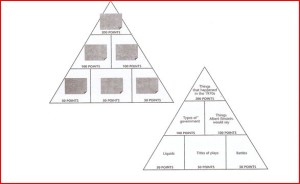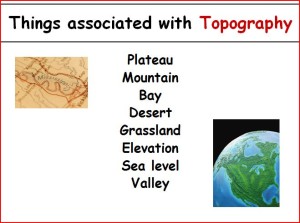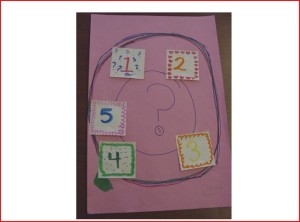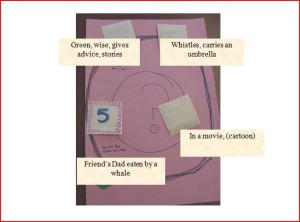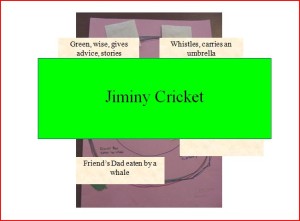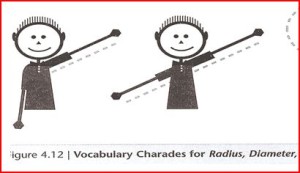GoodReads Summary:
In this forceful manifesto, Hirsch argues that children in the U.S. are being deprived of the basic knowledge that would enable them to function in contemporary society. Includes 5,000 essential facts to know.
My Review:
This text left me nodding vigorously at some sections and wanting to rip out the pages of other portions. Hirsch gives an impressively extensive background of the establishment of the English language. When my students ask, “Who made these grammar rules and spelling decisions?” I can now give them quite a long answer. I love a book that makes me think, and as an educator, this text truly made me ponder my beliefs about education. Hirsch contends that literate adults know things that illiterate adults do not. They have cultural literacy, and there are common ideas, phrases, and words that literate share that allow them to hold intelligent discussions and read newspapers. I agree with this notion, and Hirsch proves it well.
He then continues by arguing that teaching skills is not enough, and we need our children to learn these extensive facts in order for them to become functioning, literate adults. My biggest problem with this idea is his list. The appendix contains 5,000 words and phrases (about half of the book). If we spent time teaching from this list, our students would suffer. School wouldn’t be about inquiry—but about facts and cold information. I am more aligned with Dewey’s approach. Our students must be given exploratory opportunities to enact inquisition. If we teach our students to be curious, they will want to read and learn, and then they will slowly learn these words and phrases. I imagine educators agreeing with this text and wanting to create multiple choice tests.
My other issue with this text is the fact that Hirsch is narcissistic enough to think that he can create the list of the words and phrases cultured, literate Americans should know. He tries to validate this by arguing that he worked with a few others and they received feedback from over a hundred people. I was not impressed and found this to be quite pompous.
Hirsch ends with practical ways we might approach the integration of these words and phrases into curricula. I was extremely unhappy with his suggestion to provide a test for students at different levels to ensure that they are learning the facts. More tests? We would kill the love of learning with his approach to education.
While there are elements of Hirsch’s argument that are sound, I was disappointed by many of the ideas he put forth. I agree that students need to become culturally literate, and I found this concept to be quite interesting and important, but I don’t think that all educators will agree about which facts are most important. Hirsch does seem to understand this and explains how the process of picking these words and phrases is messy, and for me, the creation of this list is where many of the details of his argument are flawed.
He begins his book by explaining how saddened he is that a literary reference (“The tide falls”) is lost on many people. I understand this allusion, and I disagree with Hirsch. If I used this phrase in a conversation and another person didn’t understand it, I would explain it. That is the power of education and teaching each other. We are always learning, and we can always grow as cultured, literate adults. Knowing these specific 5,000 terms (or the many more his more extensive version) do not make us culturally literate.
Are you culturally literate? I included a few random words/phrases you should know from the “5,000 Essential Names, Phrases, Dates, and Concepts” section:
Luxembourg
metaphysics
microfiche
The Little Red Hen (title)
Interstate Commerce Commission
hubris
L’état c’est moi
Dolley Madison
Planck’s constant
philistinism
wildcat strike
Benedict Arnold
MX missile
juvenilia
intransitive verb
How did you do? Did you get a few?
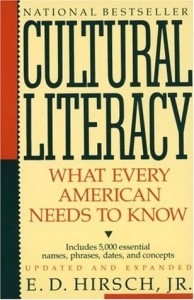
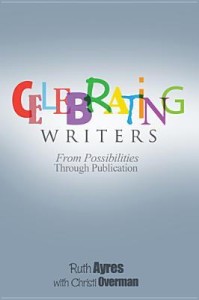

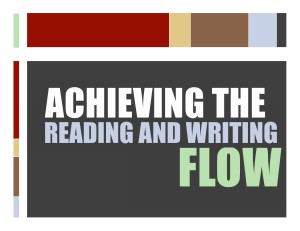
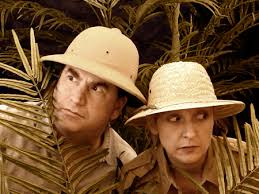
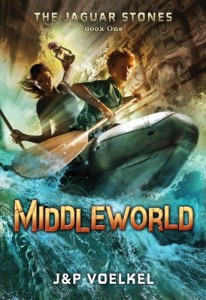
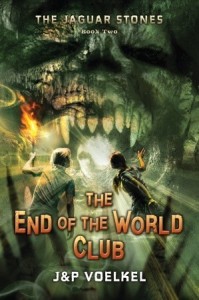
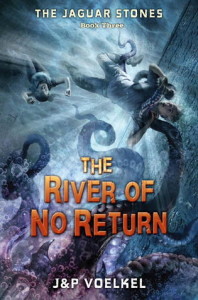

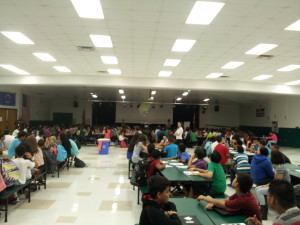
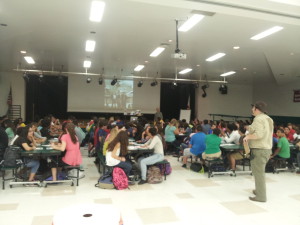
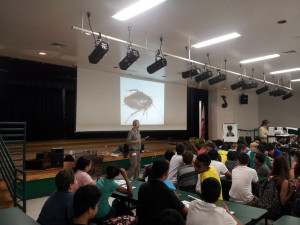

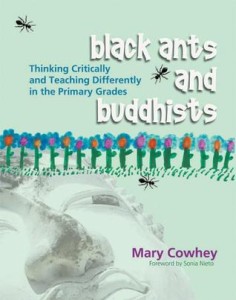
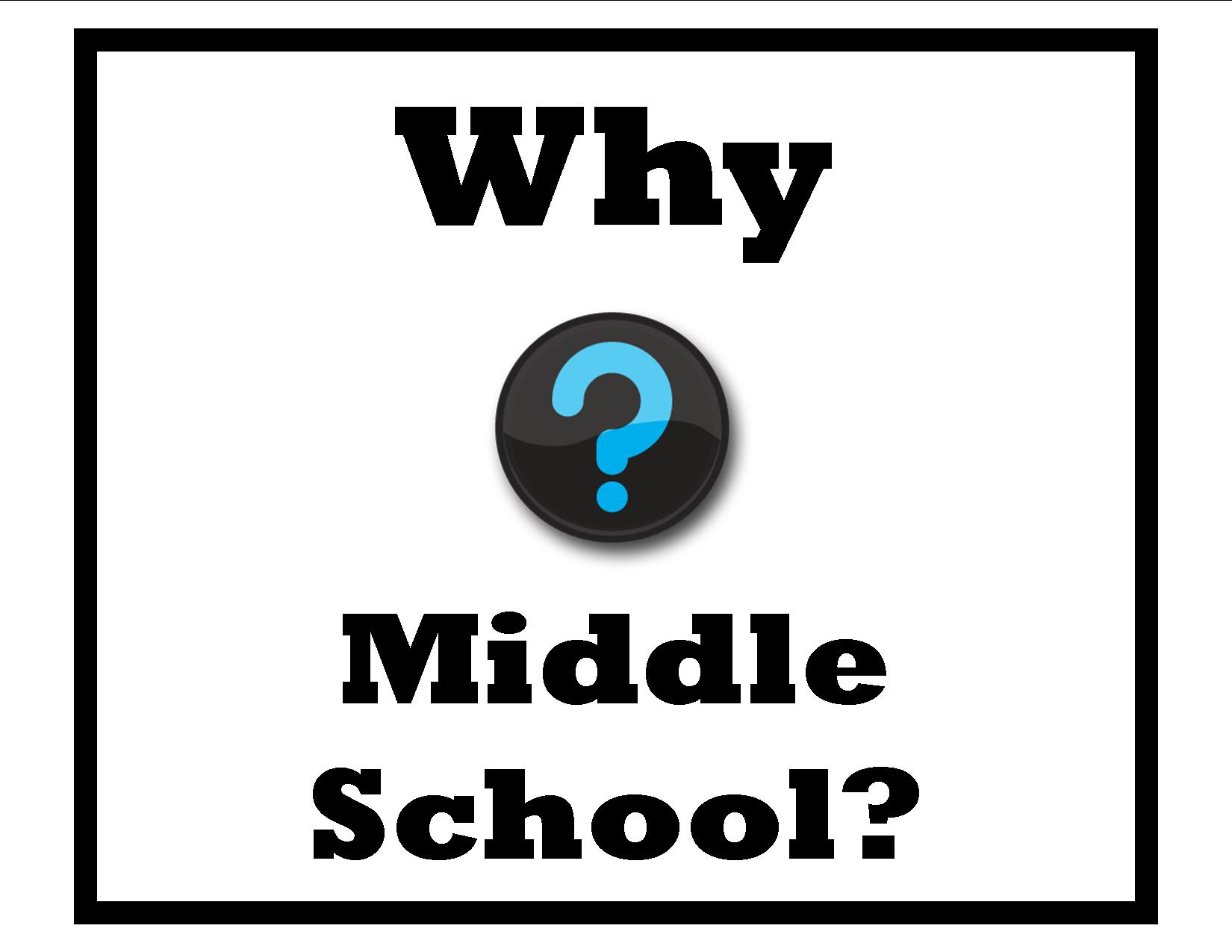


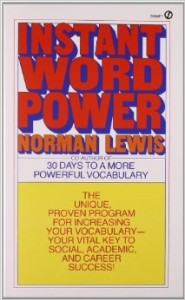






 I also remember a boy named Trey because he tragically passed away and a couple of other girls, but I know that I had a good amount of friends and I wish I could get in contact with them and see what they are up to.
I also remember a boy named Trey because he tragically passed away and a couple of other girls, but I know that I had a good amount of friends and I wish I could get in contact with them and see what they are up to.